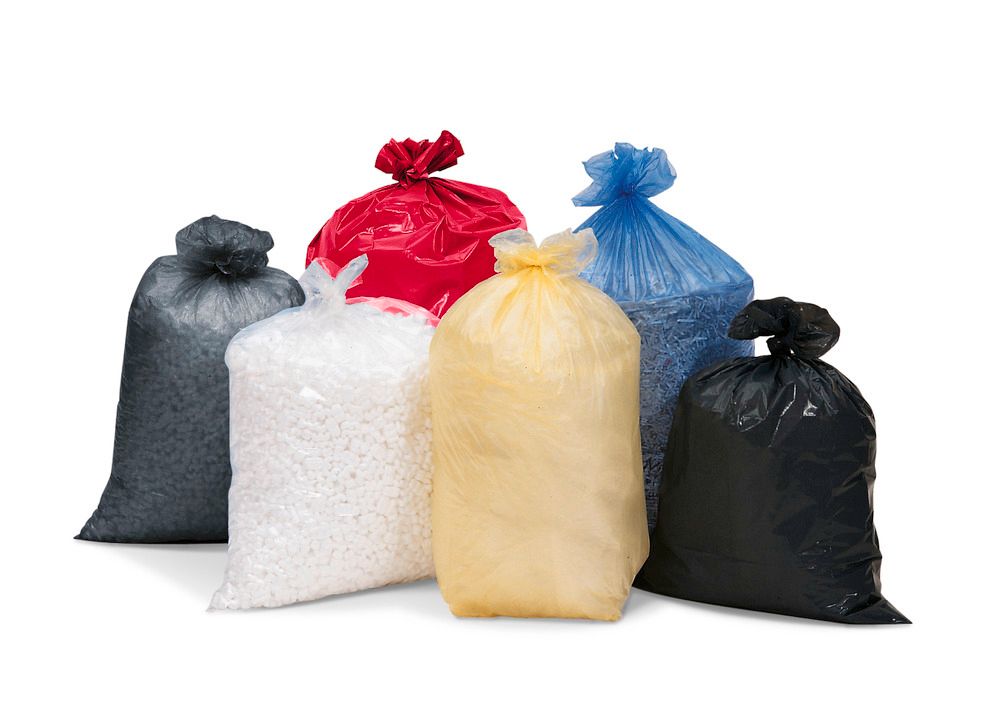Plastic bags and sacks have become an ubiquitous part of our daily lives. However, their skyrocketing production and consumption in recent decades has created unforeseen environmental issues. This article explores the history of plastic bag usage and its impacts.
Emergence and Growth of Plastic as Packaging Material
The development of plastics in the mid-20th century opened up new possibilities for packaging. Plastic bags and sacks quickly became popular due to their low cost, durability, and resistance to moisture. In the 1970s, plastic bag production began ramping up significantly. By the 1990s, billions of plastic bags were being manufactured annually as their use spread worldwide. The accessibility and convenience of plastic bags contributed to their dominance as a packaging solution in retail and other industries.
Environmental Issues Associated with Plastic Bags and Sacks
Unfortunately, the meteoric rise of plastic bag usage has caused unanticipated environmental problems. As Plastic Bag and Sack does not biodegrade easily, used bags persist in the environment for many years. They Photodegrade into microplastics, which pollute soil and waterways and are consumed by wildlife. Plastic bags also require fossil fuels for their production and release greenhouse gases. Each year, at least 100 billion plastic bags are discarded as waste globally, creating a substantial burden on landfills and oceans. The Great Pacific Garbage Patch consists largely of plastic debris, including bags and film. When animals ingest or become entangled in plastic trash, it can prove deadly.
Government Regulations and Bans
Recognizing plastic bags’ adverse impacts, governments internationally have instituted regulations. Over the last two decades, at least 127 countries have implemented bag consumption reduction policies through levies, bans, or voluntary measures. In South Africa and China, regulations have contributed to multi-billion unit drops in bag usage. The European Union is considering a continent-wide ban. In some U.S. states and cities, fees or prohibitions aim to curtail single-use plastic bag consumption. However, enforcement can prove challenging. Overall, regulations demonstrate growing acknowledgment of plastic bags’ problematic environmental effects.
Alternatives to Traditional Plastic Bags
As plastic bag restrictions have spread, so have substitutes. Reusable bags made of durable materials like polyester, cotton, or jute have become widely available. However, manufacturing reusable options also demands resources. Degradable and bioplastic bags offer potential solutions, though further research is needed regarding their environmental impacts through full life cycles. New shopping habits like using boxes or no bags encourage reducing consumption overall. Technology companies explore novel ideas like packaging produced from seaweed. Continued innovation could yield superior alternatives to curb plastic bag pollution.
The ascent of plastic bags and sacks has delivered convenience but created unforeseen planetary problems, as their ubiquitous usage overwhelms waste systems and harms ecosystems. Regulations reflect societies’ dawning awareness of plastic bags’ environmental costs. Alternatives may help alleviate issues if supported by deeper changes in production and consumption patterns. Overall, plastic bags exemplify humanity’s need to thoughtfully consider materials’ full impacts as new technologies are developed and adopted on a mass scale. With reduction efforts and solutions, a balance can be found between convenience and environmental responsibility.



